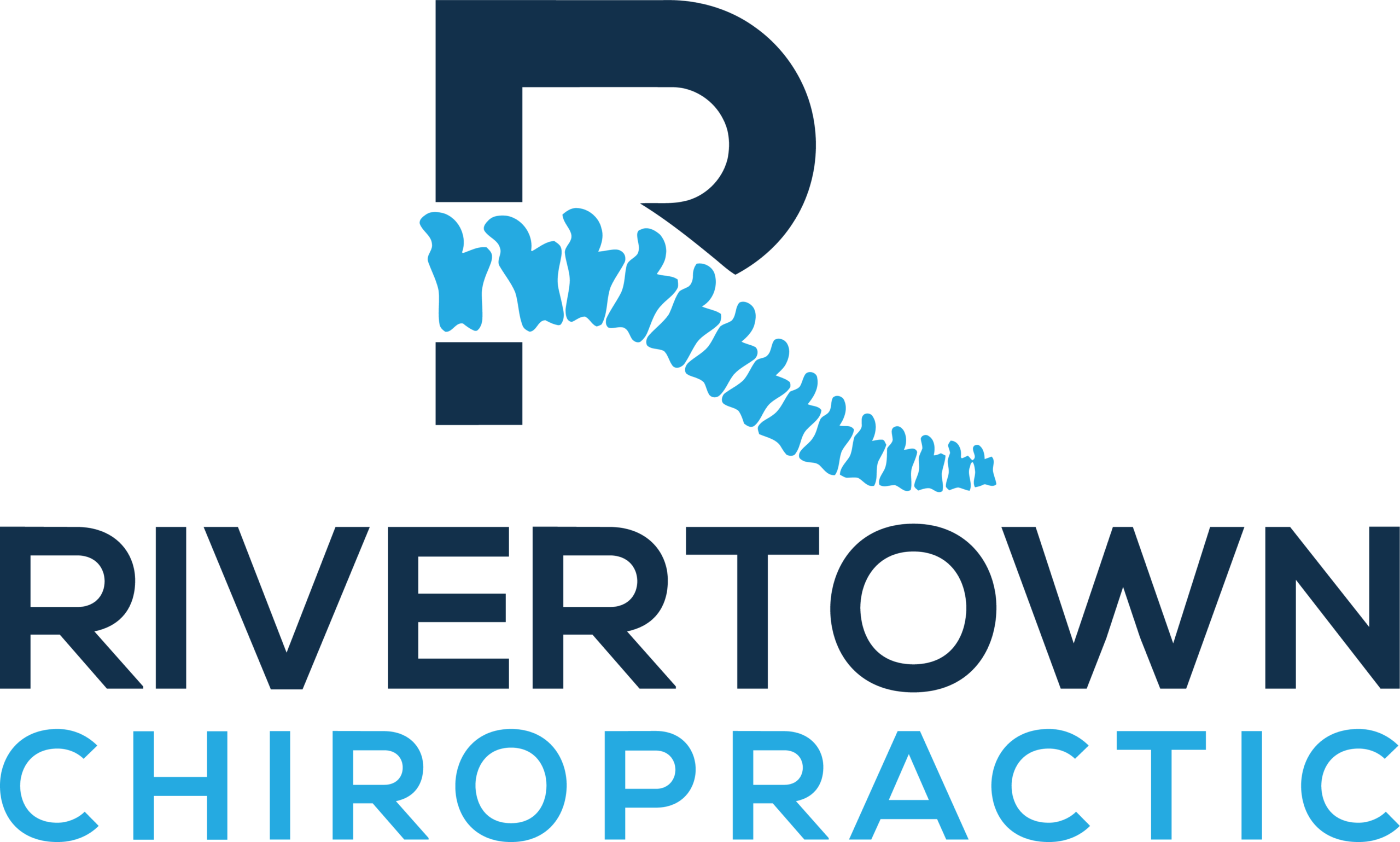How Much Should I Weigh for My Height and Age?
RIVERTOWN CHIROPRACTIC
Dr. Philip Rodger
Owner and Clinic Director
Do you know how much you weigh?
Maintaining a healthy weight is vital to your health. Experts say that weight gained starting from your mid-20s could impact your health. Your weight and weight size could connote potential health problems.
If you want to keep track of your health, you need to be aware of your weight. Your weight can help you determine any potential health issues. There are many things you can do to remedy an unhealthy weight.
Asking yourself how much should I weigh for my height and age? Many factors can affect having a healthy weight. In this article, we give you a guide to understanding the required weight for your height and age.
What Is BMI?
BMI stands for Body Mass Index. To calculate this, jot down your weight in kg and then divide it according to your height. For example, if you weigh 50 kg and are 1.5m tall, your BMI should be 22.2.
To get the correct BMI, you need to get accurate measurements of your height and weight. Based on your BMI, you can use the following guide to determine if you’re:
- Underweight: BMI is less than 18.5
- Normal or Healthy: BMI is 18.5 to 24.9
- Overweight: BMI is 25 to 29.9, and
- Obese: BMI is at 30.0 or more
A higher BMI will tell you that you weigh more than you should for your height.
Is a BMI Over 30 Dangerous?
A person with a BMI of over 30 classifies as obese. This can lead to serious health conditions. Here are some of them.
- Body pains like joint and back paint
- Restricted physical function
- Psychological illnesses like anxiety, depression, and others
- High blood pressure or hypertension
- Low quality of life
- Dyslipidemia
- Coronary heart disease
- Type 2 diabetes
- Gallbladder disease and gallstones
- Stroke
- Arthritis or osteoarthritis
- Sleep apnea, and
- Chronic inflammation
It can also lead to some cancers like cancer in the uterus for some women. A BMI over 30 may also lead to breast cancer, colon, gallbladder, liver, and kidney cancer.
Is BMI Accurate?
BMI is a simple measurement that can give you an idea of your weight in relation to your height. However, your BMI is not always accurate. High-performance athletes may not rely on BMI alone.
They tend to have little body fat and a high muscle mass. They can have a high BMI due to this, but it doesn’t always mean they’re overweight.
There are other ways to determine if you have a healthy weight. Here are some of them.
Waist Circumference
You can measure your weight status by finding your waist circumference. Excess fat in your abdominal area, and obesity can link to health risks. Some of these risks include heart disease and diabetes.
If you’re a man, your waist circumference must be less than 40 inches. If you’re a woman, your waist circumference should measure less than 35 inches. However, you must not use waist circumference alone to diagnose weight-related diseases.
How Can I Measure My Waist?
If you have a measuring tape at home, you can use this to determine your waist circumference. To do this, stand up straight. Place the measuring paint above your hip bones, around the middle of your abdomen.
Fit the tape around your waist, but try not to compress your skin. Take a deep breath and exhale, then you can measure your waist circumference.
Waist to Hip Ratio
You can use this method to compare your waist size to your hips. Studies show that people with more abdominal fat are more likely to develop CVD and diabetes. If your waist measurement is higher than the proportion of your hips, you may be more at risk.
Take a tape measure, then measure your waist around the narrowest part. This is usually the spot above your belly button. Then, divide it by the measurement of your hips around the widest part.
Your WHR determines the risk of CVD according to the following for males.
- 0.8 and below: Low risk of cardiovascular disease
- 0.9 to 0.99: Moderate risk of cardiovascular disease
- 1.0 and above: High risk of cardiovascular disease
In women, the measurements are as follows.
- 0.7 and below: Low risk of cardiovascular disease
- 0.8 to 0.89: Moderate risk of cardiovascular disease
- 0.9 and above: High risk of cardiovascular disease
Men and women tend to have different body shapes, thus affecting how WHR affects the risks of CVD. However, depending on the source and population, the figures may vary.
Waist to Height Ratio
Your waist to height ratio can predict your risks of diabetes and heart disease. In some cases, it is more accurate than BMI. If your waist is less than half of your height, you have a lower risk of health complications.
Measure your waist size and divide it by your height. If the result is at or less than 0.5, the more likely you have a healthy weight. If a man has a waist size of 40 inches or more, they have a high risk of health problems.
These issues include type 2 diabetes, coronary artery disease, and high blood pressure. The same goes for women with a waist size of 35 inches and above.
Body Fat Percentage
Your total body fat consists of your storage and essential fat. Your storage fat pertains to the fatty tissue that surrounds your internal organs. Your body can use fat in your chest and abdomen if it is low on energy.
Your essential fat is the fat that you need to survive. It helps you perform normal daily functions. Men have 2-4 percent of essential fat in their body composition.
Women can have over 10-13 percent. However, your total fat percentage may depend on your activity level or body type. You can get your body fat percentage by dividing your fat by your total weight.
How Much Should I Weigh for My Height and Age?
Are you wondering how much should I weigh for my height and age? Now you know the healthy weight for you. Take this method to help determine your current health status and adjust your current diet or workout plans.


